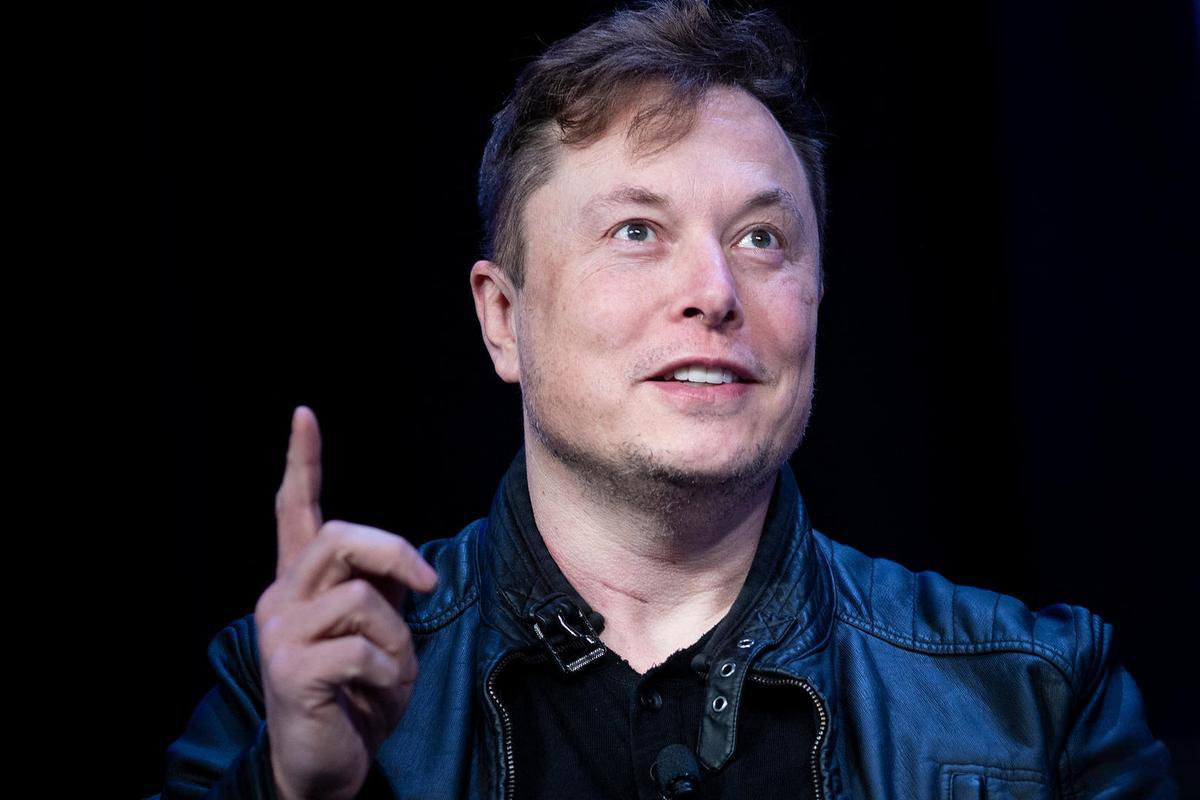“Tesla is the world’s biggest robot maker,” Elon Musk declared recently, arguing that every Tesla vehicle is, in effect, a robot. The provocative assertion reframes the electric vehicle (EV) maker’s sprawling businesses — from car production to artificial intelligence — as part of a single robotics enterprise, and underscores Musk’s long-stated ambition to blur the lines between automobiles and autonomous machines.
Musk’s statement arrives amid renewed public attention to Tesla’s work on automated driving software, on-board computing, and its humanoid robot project, Optimus. By describing each car as a robot, Musk emphasizes that modern vehicles are no longer mere mechanical conveyances but complex networks of sensors, actuators, and software designed to perceive environments and make split-second decisions. “A car with full self-driving capability is a general-purpose robot that happens to be useful for transporting people,” he has argued in past remarks, a framing that helps explain why Tesla invests heavily in neural networks, computer vision, and fleet learning.

Analysts say Musk’s characterization reflects a strategic message as much as a technical claim. Tesla’s manufacturing scale — producing well over a million vehicles annually in recent years — combined with the software stack that runs those vehicles, gives the company a vast, real-world data collection operation unmatched by many traditional robotics firms. That data, proponents argue, accelerates improvements in autonomy and positions Tesla uniquely in the race to commercialize multi-modal robots.
Yet the declaration invites scrutiny. Critics point out that calling each car a robot glosses over important differences between mobile, task-specific robots and humanoid or industrial robots designed for manipulation. Safety and regulatory challenges are also central to the debate: autonomous systems in public spaces raise different liability, testing, and certification questions compared with controlled factory robots. Moreover, some experts caution that conflating automotive production volume with robotics leadership risks undervaluing specialized robotics firms that advance manipulation, dexterity, and human-robot interaction.
Investors and industry observers have given mixed responses. Some applaud the bold framing as a sign of ambition and integration across hardware, software, and AI. Others view it as rhetoric aimed at broadening Tesla’s narrative to justify expansive research areas and pivot resources toward general-purpose robotics like Optimus. The humanoid robot program, still early and experimental, remains a symbol of Musk’s broader vision but is not yet demonstrably on par with mature automotive operations in economic impact.
Beyond corporate optics, the statement has broader implications for how society views machines on roads and shop floors. If cars are robots, then conversations about design standards, ethical decision-making algorithms, and workforce impacts must evolve accordingly. Policymakers, safety advocates, and manufacturers will need to address how robotic capabilities are validated, how failures are investigated, and how human users remain informed and protected.
Whether Tesla will ultimately be judged the world’s largest robot maker depends on how one defines “robot” and how Tesla’s various projects develop in the coming years. For now, Musk’s assertion successfully reframes Tesla’s identity — from an automaker to an ambitious integrator of scalable robotics technologies — and reignites debate about the future boundaries between cars and robots.











暂无评论内容